The East End Cultural Heritage District contains many of Austin’s most historically significant African American cultural institutions, organizations, and venues. For this community, years of racial segregation also resulted in the establishment, and continued development and nurturance, of forms of expressive culture firmly rooted in Black America’s connection to the cultural traditions of Africa. Throughout the history of Black East Austin the influence and melding of African folkways, combined with the experience of North American slavery, has resulted in a rich local tradition of creative output. From oratory and spirited praise-song in the churches, to more formal visual and musical expression through the schools, to the everyday soul food culinary arts, gutbucket blues and jazz of the cafes, Black East Austin has a unique cultural identity that sets it apart from the other sections of the city.
The inventory of cultural assets found in the District represents a diverse mix of historic/heritage sites and institutions, contemporary arts and culture organizations, and workspaces/commercial outlets of individual creatives and small businesses. Though originally settled by a mix of American Anglos, European and Mexican immigrants, and freed African/American slaves, in 1928 the City of Austin designated Central East Austin as a “Negro District.” The resultant legally-enforced racial segregation of the community restricted African Americans’ access to housing, city services, public schools and parks, and most public accommodations and social outlets. In effect, the Negro District also provided the historic foundation and geographic location for many of the churches, schools, entertainment and commercial corridors, and social institutions that now comprise the East Austin African American Cultural Heritage District.
Upon this historic foundation, present-day artistic and cultural activity abounds. The District houses Austin’s two full-time African American cultural arts organizations (ProArts and DiverseArts), the Texas Music Museum, and the Fontaine Religious Museum. Central East Austin also has the highest density of visual art studios in Austin (East Austin Studio Tour), more performing arts venues and theater companies than any section of the city, and a variety of live music venues and recording studios, all anchored by a residential community that includes a large number of working creatives in the fine and commercial arts, media, and arts related businesses.


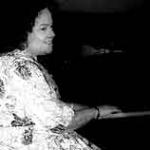
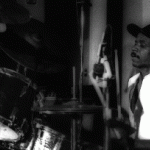
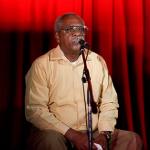
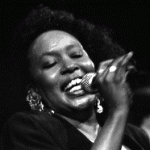
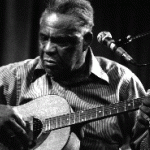
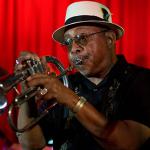
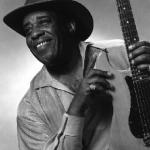
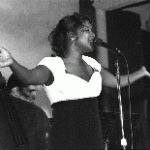
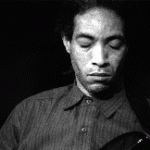
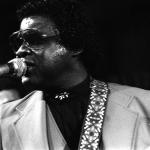

Social Media